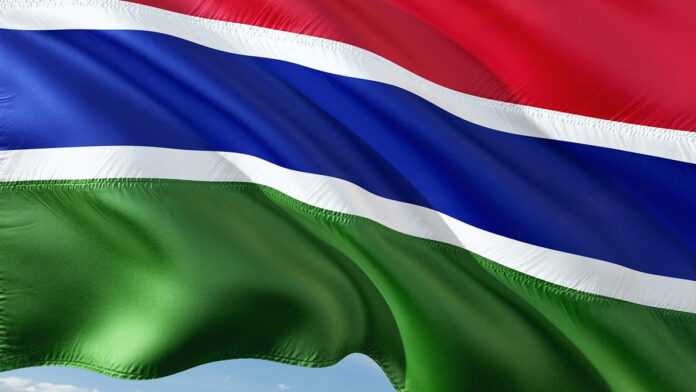
The Board of Directors of the African Development Fund (ADF) on Wednesday in Tunis approved debt relief of US $ 22.77 million in nominal terms for The Gambia, from January 2001 to July 2013, following the country’s qualification for the enhanced Highly Indebted Poor Countries Initiative (HIPC).
“The Gambia’s recent performance is highly encouraging. “Today, you have the opportunity to support The Gambia in two important ways: authorizing debt relief which creates the fiscal space for priority development spending and endorsing an assistance strategy that provides new grant financing to deepen reforms, accelerate growth and reduce poverty,” the Director of Operations, West Africa II, Ellen Goldstein, said in a presentation to the Board.
A statement from the African Development Bank (AfDB) received in Accra said the assistance will come from the ADF, the Bank Group’s concessional window.
It said the debt relief was expected to relieve The Gambia of up to 71% percent of its debt service obligation to the Bank Group each year from 2001 to 2003, and up to eighty 80% from 2008 to July 2013.
With the approval, the country qualifies for debt relief under the Multilateral Debt Relief Initiative (MDRI) of a combined amount of US$ 357.89 million, includ i ng US$ 170.10 million from the Bank Group, in nominal terms spread over 43 years , from the World Bank (IDA), International Monetary Fund (IMF) and ADF under the MDRI.
The Gambia became the 19th regional member country (RMC) to reach completion point under the enhanced HIPC Initiative on 19 December 2007.
As a result, the Boards of Directors of the IMF and the World Bank approved an HIPC assistance of US$ 66.6 million in end-1999 net present value (NPV) terms.
The statement said following the approval, its debt service-to-exports ratio aft er HIPC and MDRI debt relief would average 9% from 2007-2016, and 7.5 % from 2017 -2026, well below the Debt Sustainability Analysis (DSA) threshold of 15 percent for a weak performing country.
This indicated that its debt service was sustainable after the enhanced HIPC and MDRI relief, it added.
The statement said the Gambia had fulfilled all six key conditions to reach the completion point – preparing and satisfactorily implementing a full poverty reduction strategy papers (PRSP) for at least one year, and improving poverty monitoring; maintaining macroeconomic stability; strengthening public expenditure manage m ent; using interim HIPC debt relief; carrying out education and health sector reforms; and making structural reforms.
“In an important step in donor harmonization in the Gambia, the AfDB Board also endorsed a Joint AfDB-World Bank Assistance Strategy (JAS) for the country for the period covering 2008-2011.”
It said this was based on two main pillars; strengthening the institutional framework for economic management and public service delivery; enhancing productive capacity and accelerating growth and competitiveness.
“The Gambia has turned a corner, with the government making laudable progress in controlling the fiscal deficit, curtailing money growth and inflation, improvin g transparency of fiscal and monetary accounts and accelerating real economic growth to 6 percent per annum,” Ms Goldstein noted.

